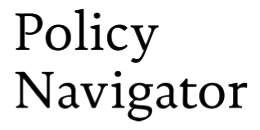- Share on LinkedIn
- Share on Bluesky
- Share on X
- Share by email
-
Link
Copy link
The Nurses Registration Act
The Nurses Registration Act of 1919 set up the General Nursing Council, which was established in 1920. The council was required to maintain a register of nurses.
The register distinguished between different specialities, such as mental health nursing and paediatric nursing, as well as containing a general register for all those trained in general nursing and a supplementary register for male nurses.
The Act was the culmination of a campaign led by the Matron of St Bartholomew's Hospital, Ethel Fenwick (who had considerable power as matron at one of the few endowed hospitals), who stated that:
'We must not forget the lamentable attitude of the managers of Training Schools and others in opposing all reform by state aid for 30 years, nor the apathy and lack of public spirit exhibited by succeeding generations of nurses during that time. Had hospital managers and certificated nurses responded to a sense of public and professional duty 30 years ago, the profession of nursing would by now be a highly-skilled, well-disciplined, and well-remunerated body; as it is, abuses have multiplied, and although the Act lays sound foundations upon which to build, the whole superstructure of professional organisation must be built up.'
Later developments
The responsibilities of the General Nursing Council were extended by the Nurses Act 1943, to include a register for assistant nurses (later state enrolled nurses). In part, this was due to a shortage of qualified nurses during the war years. The General Nursing Council was replaced in 1979 by the United Kingdom Central Council for Nursing, Midwifery and Health Visiting.
London Metropolitan Archives.
Information Leaflet Number 36. History of nursing: major sources at London Metropolitan Archives.
London Metropolitan Archives; 2010.
Pickett L.
Briefing Paper Number CBP8094: Professional regulation in health and social care.
House of Commons library; 2017.

